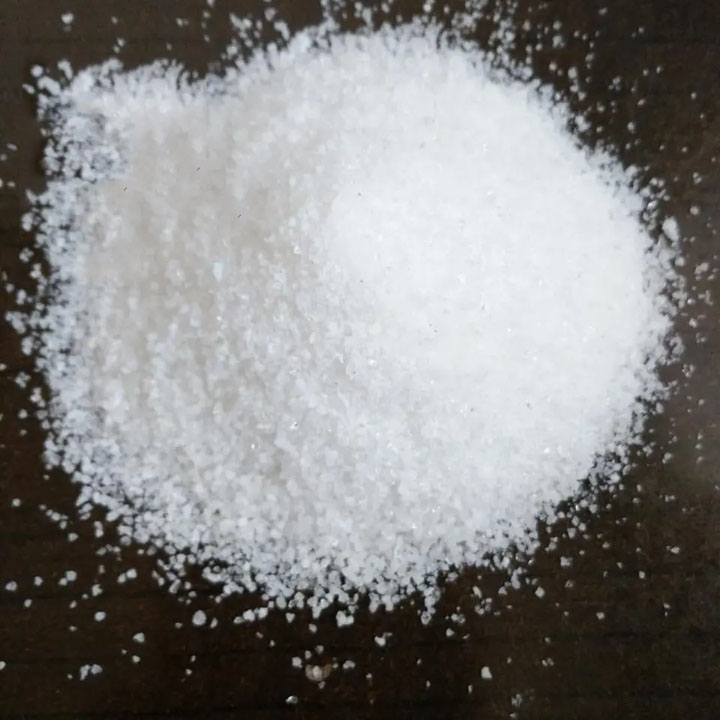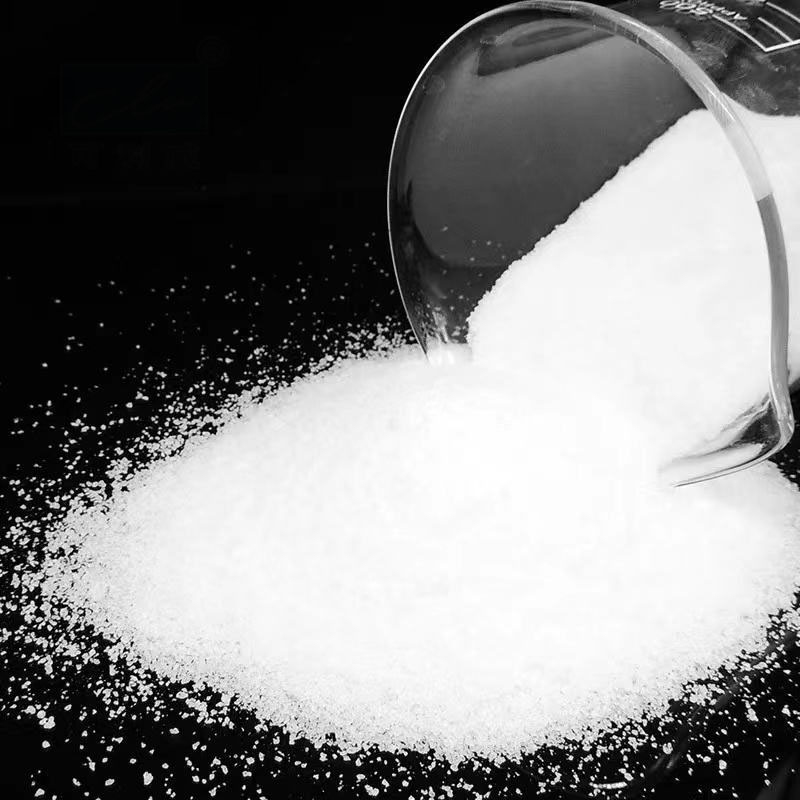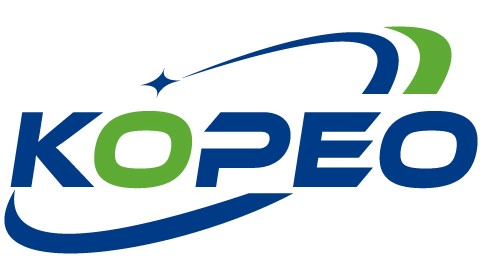The production of Polyacrylamide (PAM) is based on an aqueous solution of acrylamide as a raw material, under the action of the initiator, the polymerization reaction is carried out, and after the completion of the reaction the polyacrylamide gel block generated by the After the reaction is completed, the polyacrylamide pellet is cut, granulated, dried and crushed to produce polyacrylamide products. The core process is the polymerization reaction, and in the subsequent processing, attention should be paid to mechanical cooling, thermal degradation and cross-linking, so as to ensure the relative molecular mass and water solubility of polyacrylamide. Acrylamide + water (initiator / polymerization) a polyacrylamide gel block a granulation a drying a crushing a polyacrylamide products So what are the polyacrylamide polymerization technology? Polyacrylamide polymerization technology early disk polymerization and kneader polymerization process has been eliminated, and now more conical kettle polymerization process. With the development of technology, polyacrylamide molecular weight can be controlled, easily soluble in water and less residual monomers, so that the product quality is uniform, stable, easy to use and reduce production costs, these common points have become the market demand for the pursuit of the goal, but also become the direction of the development of
polyacrylamide production technology.

In the industry, usually according to the different characteristics and needs of the aqueous solution polymerization method, reversed-phase emulsion polymerization, reversed-phase suspension polymerization and solid-state polymerization method to obtain various types of products. 1.Aqueous solution polymerization Homogeneous aqueous solution polymerization is the Flocculant PAM production of the longest history of the method, which uses water-soluble inorganic peroxides and oxidation-reduction initiation system or water-soluble azo initiator, do not have to recycle solvents, the product can be used directly. Because of water as solvent, the system has few impurities, and the chain transfer constant of monomer to water solvent is very small, therefore, this method is characterized by good purity and high molecular weight. 2.Dispersed phase polymerization method Dispersed-phase polymerization method for the preparation of polyacrylamide can be divided into reversed-phase emulsion polymerization, reversed-phase microemulsion polymerization, suspension polymerization method, precipitation polymerization method 4. (1) reversed-phase emulsion polymerization method Is aqueous solution of the monomer with the aid of water-in-oil (W/O) emulsifier dispersed in a continuous medium of oil, after the initiation of polymerization, the resulting product is a sub-microscopic polymer particles dissolved in water (100 nm ~ 1000 nm) in the oil colloidal dispersion, that is, the W / O-type latex. (2) Reversed-phase microemulsion polymerization In recent years, on the basis of the theory and technology of reversed-phase emulsion polymerization and the emergence of reversed-phase microemulsion polymerization, there are AM and AM and other monomers copolymerization of reversed-phase microemulsion polymerization reported. The so-called microemulsion usually refers to an isotropic, clear and transparent, particle size of 8nm ~ 80nm thermodynamically stable colloidal dispersion system, through a variety of methods for the manufacture of water-soluble polymer micro-emulsion, with uniform particles, good stability and other characteristics.

(3) Reversed-phase suspension polymerization method
Acrylamide aqueous solution in the presence of dispersion stabilizers, can be dispersed in the mood of organic media for suspension polymerization, the product particle size is generally in the 1.0um-500um. while the product particle size in the range of 0.1nm ~ 1.0nm, known as columnar polymerization. In suspension polymerization, acrylamide aqueous solution in Span-60, inorganic ammonia, sodium fatty acids or cellulose acetate and other dispersion stabilizers exist in gasoline, xylene, perchloroethylene to form a stable suspension, triggered by post-polymerization. (4) Precipitation polymerization method This acrylamide polymerization is carried out in organic solvents or mixed solutions of water and organic. These media are solvents for the monomer and non-solvents for the polymer polyacrylamide. Therefore, the start of polymerization reaction mixture is homogeneous, and in the polymerization reaction process, flocculant PAM once generated on the precipitation precipitation, so that the reaction system appears two-phase. Therefore, the polymerization is carried out in a non-homogeneous system, known as precipitation polymerization. 3.Solid state polymerization method (also known as radiation method) Acrylamide (AM) can be initiated by radiation method for solid-state polymerization reaction. Acrylamide crystals 0-60 ° C with γ-ray continuous irradiation, and then remove the radiation source, which can be polymerized at higher temperatures; in the ultraviolet light can also be polymerized. The polymerization reaction takes place on the surface of the crystals, so their thickness becomes the controlling factor, and the rate of polymerization is lower than with γ-ray irradiation, so the Polymers are highly branched and of low molecular weight. In addition, when the temperature rises, the polymer may be transformed, and this method itself is very difficult to dissipate heat, and the molecular weight distribution of the products obtained is very wide, so it has not been carried out in large-scale industrial production, but only in the laboratory stage of research.
